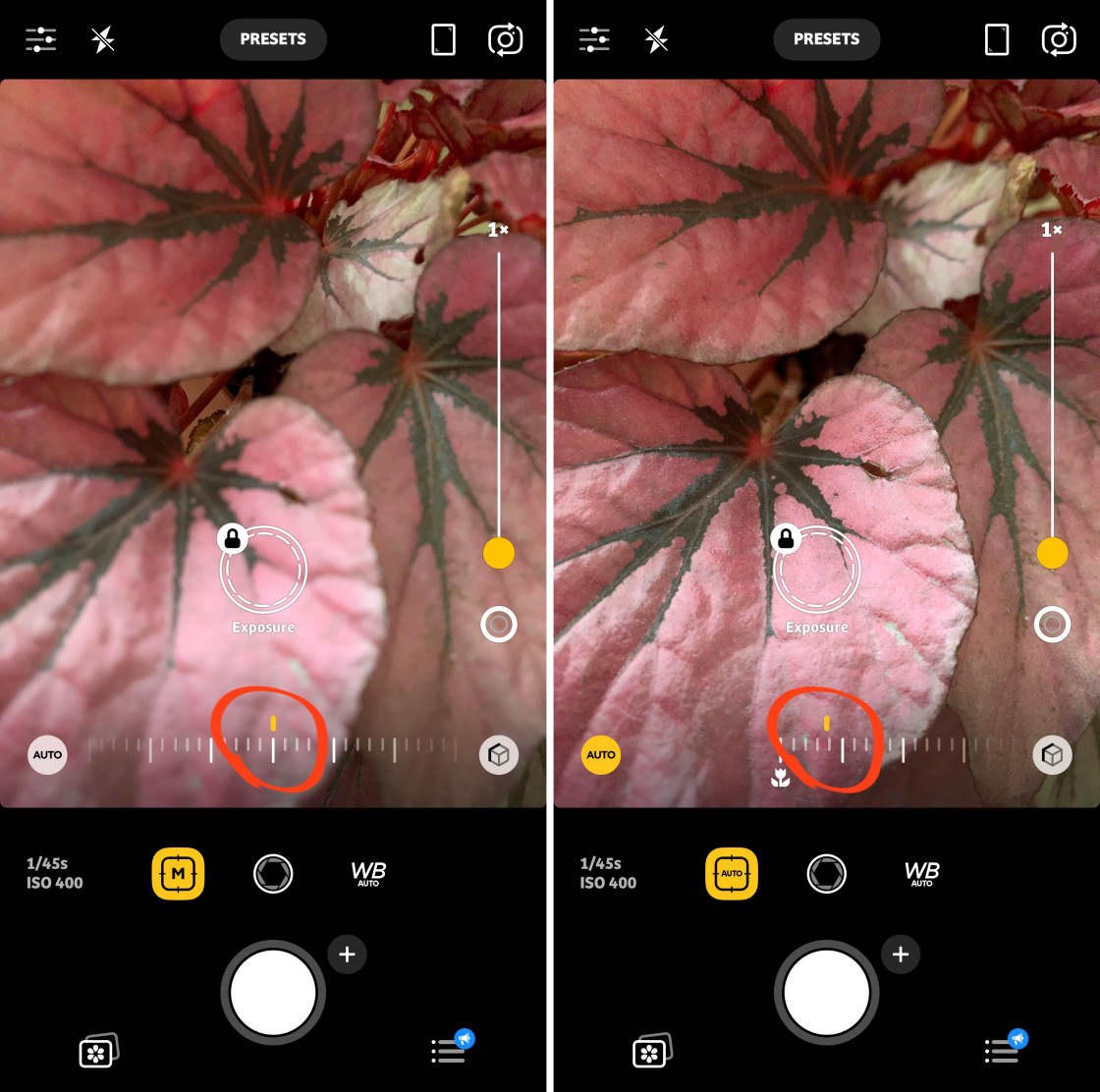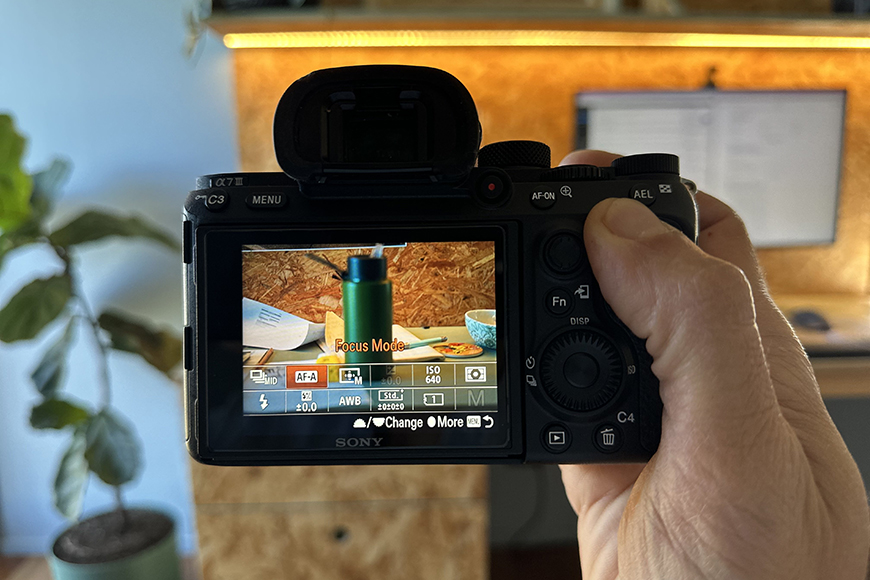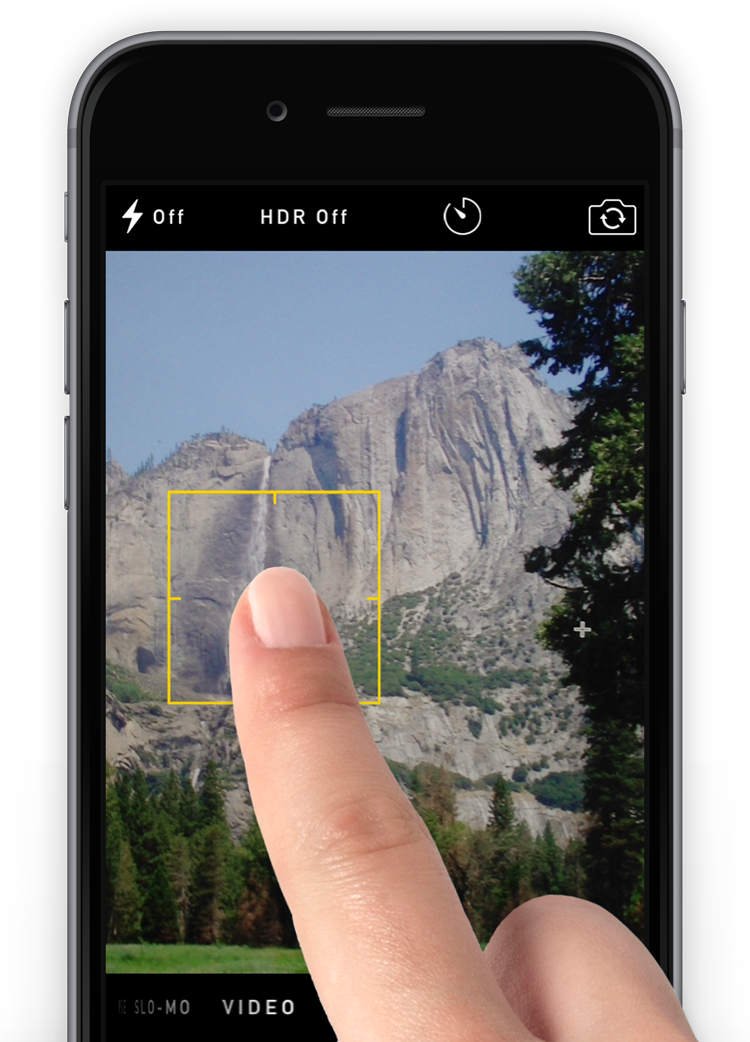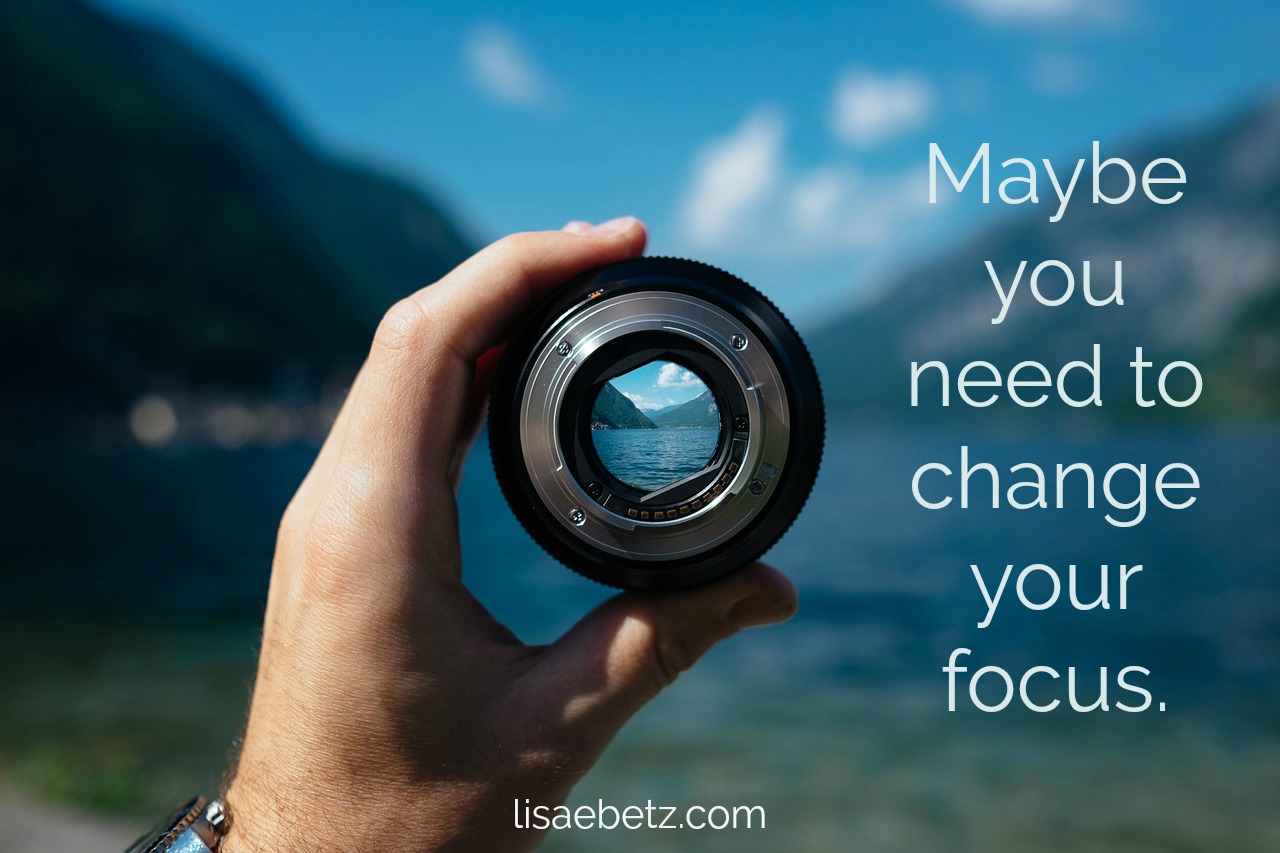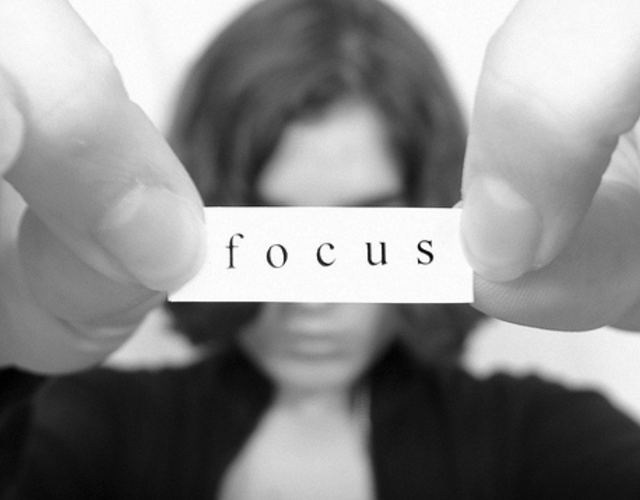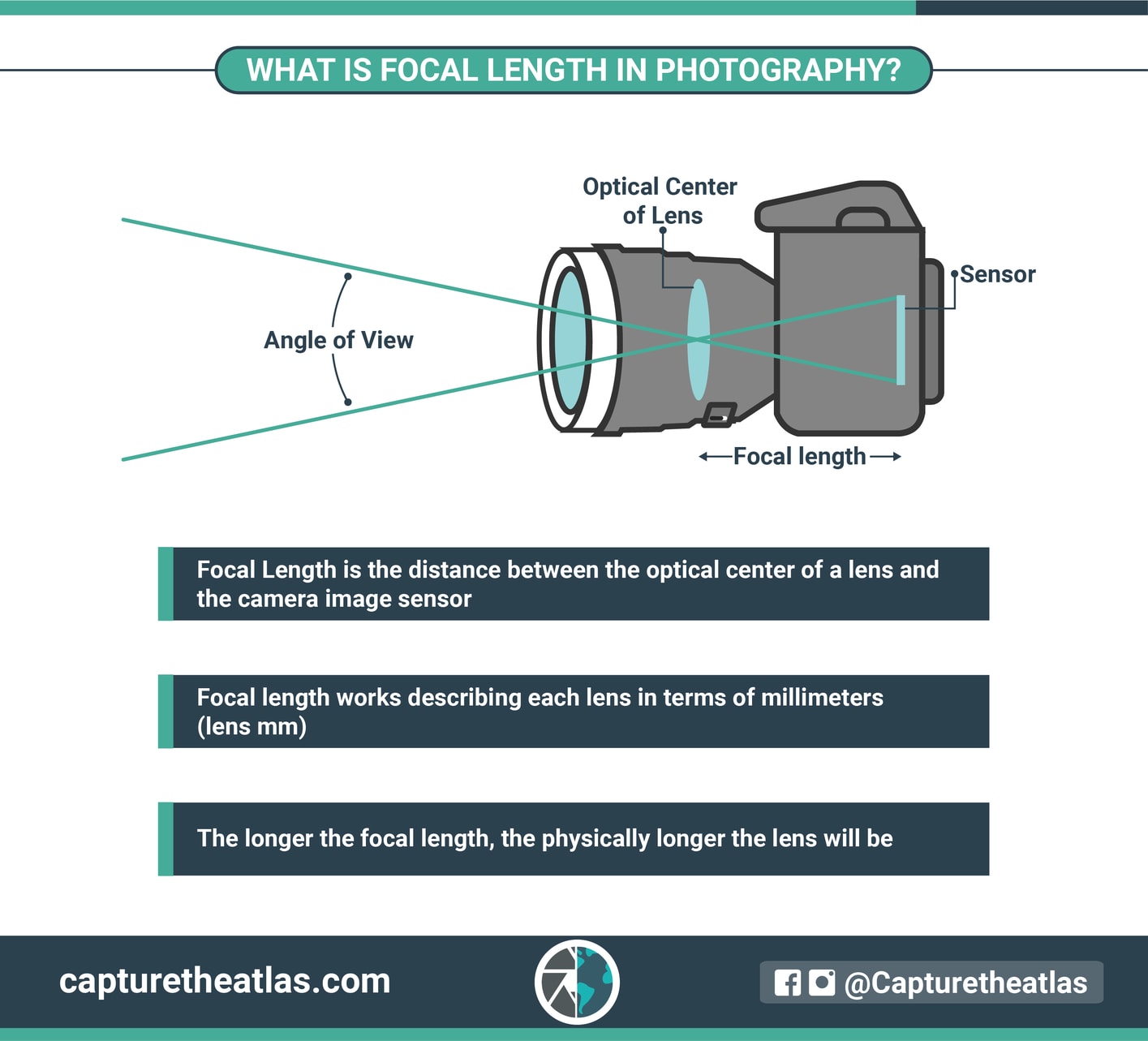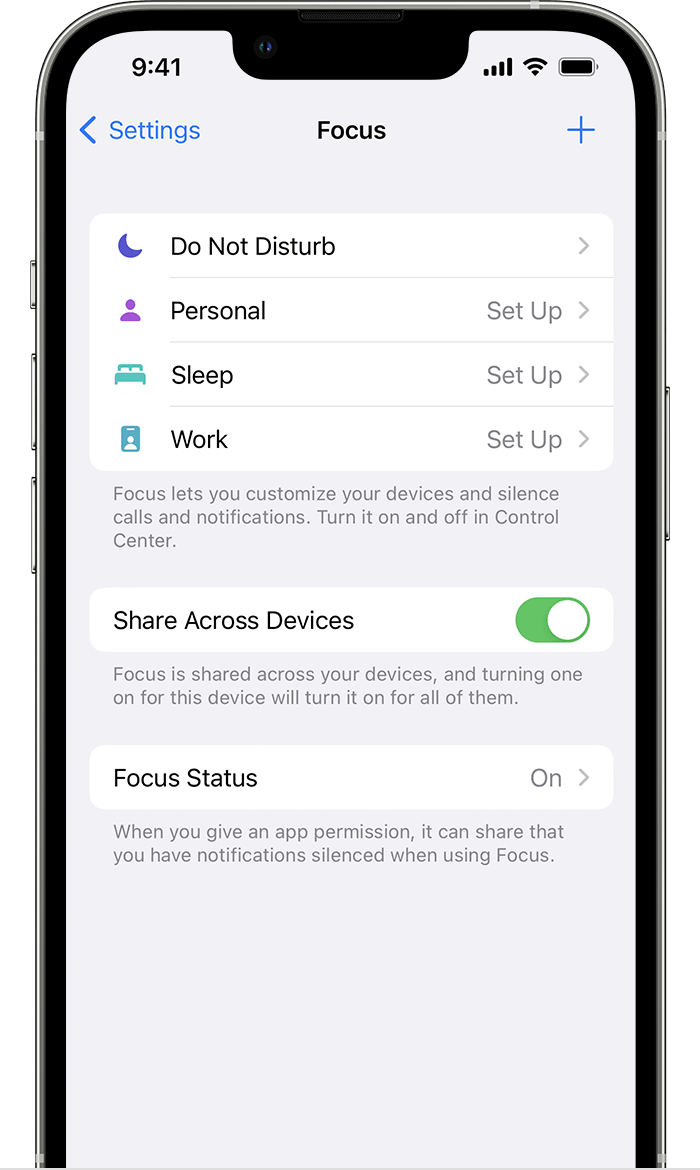How To Change The Focus Of A Picture

In the digital age, the ability to manipulate images has become increasingly accessible. One common task is altering the focus of a picture, either to correct mistakes or to create a more artistic effect. This article explores the various methods available for changing the focal point of an image after it's been captured.
The techniques discussed range from simple adjustments in photo editing software to more advanced methods using depth maps and AI-powered tools. Understanding these approaches can empower photographers and enthusiasts to refine their work and achieve their desired visual outcomes.
Software Solutions for Adjusting Focus
Many photo editing programs, such as Adobe Photoshop, GIMP (a free open-source alternative), and Luminar AI, offer tools for simulating depth of field effects. These tools typically work by applying a blur to specific areas of the image, creating the illusion of a different focal point.
Photoshop's Blur Gallery, for example, provides options like Iris Blur and Field Blur, allowing users to define a focal area and adjust the blur intensity outside of that region. This method is effective for creating a shallow depth of field look, even in images originally captured with a wider aperture.
Using Depth Maps for Precise Focus Control
Some cameras, particularly those on smartphones, capture depth map data alongside the image. A depth map is essentially a grayscale image where each pixel represents the distance of that point from the camera. White pixels are closer, black pixels are farther, and shades of gray indicate intermediate distances.
Software that supports depth map editing can use this data to create highly accurate focus adjustments. The user can select a specific point in the image, and the software will use the depth map to determine which areas should be in focus and which should be blurred. This process is much more precise than simply applying a uniform blur.
Apple's Portrait Mode on iPhones, for instance, leverages depth maps to create a bokeh effect, simulating the shallow depth of field achievable with professional DSLR cameras. Users can adjust the F-stop value after taking the photo, effectively changing the amount of blur in the background.
AI-Powered Focus Tools
Artificial intelligence is playing an increasingly important role in image editing. AI-powered tools can analyze an image and intelligently identify objects and areas that should be in focus.
These tools often use machine learning algorithms trained on vast datasets of images to recognize faces, objects, and scenes. This allows them to automatically create masks and apply focus adjustments with greater accuracy and speed than manual methods.
Software like Luminar AI and Topaz Photo AI incorporate AI features that can automatically enhance focus and clarity, even in images that are slightly out of focus. They can also be used to selectively sharpen specific areas of an image, drawing the viewer's attention to the desired focal point.
"AI is revolutionizing the way we edit photos, making complex tasks like focus adjustment more accessible to everyone," says Dr. Emily Carter, a research scientist specializing in computational imaging. "These tools can analyze images in ways that were previously impossible, opening up new creative possibilities for photographers."
Limitations and Considerations
While these techniques can be effective, it's important to acknowledge their limitations. No amount of post-processing can completely replicate the effects of a perfectly focused image captured in-camera.
Overly aggressive focus adjustments can introduce artifacts and unnatural blurring, especially in areas with fine details. It's crucial to use these tools judiciously and to avoid over-editing.
Furthermore, these methods are generally more effective on images with a clear separation between foreground and background. Images with complex scenes or a lot of overlapping elements may be more challenging to edit convincingly.
In conclusion, changing the focus of a picture is achievable through various software solutions. From simple blur adjustments to sophisticated depth map and AI-powered techniques, these tools provide photographers with greater control over their images. While limitations exist, understanding these methods can significantly enhance one's ability to refine and improve the visual impact of their photographs.


